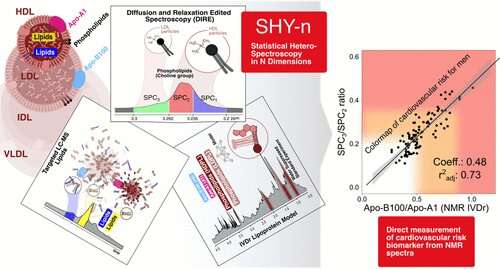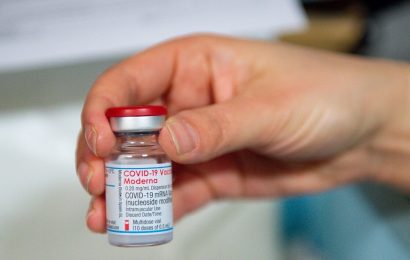
Researchers at Murdoch University’s Australian National Phenome Centre have discovered a new set of biomarkers for increased risk of cardiovascular disease in patients with COVID-19 infections.
COVID-19 infection has previously been associated with significantly elevated risks of multiple types of cardiovascular disease and cardiac insufficiency, and has recently been shown to be a key feature of Long COVID.
The biomarkers could form the basis of a new rapid test for COVID-19, but importantly they also indicate a strong correlation with existing known markers of cardiovascular disease risk including atherosclerosis, and myocardial infarction (heart attack).
Published today in Analytical Chemistry, ANPC Director and lead author Professor Jeremy Nicholson said the research has now provided a quantitative measurement that will detect increased cardiovascular risk in COVID-19 patients, and potentially from a variety of non-COVID patients with other cardiovascular risk factors and indications.
“Other researchers have shown that COVID-19 infection massively increases cardiovascular risk in the year after the initial infection—we now have a new means to measure this risk directly on small volumes of blood plasma in a few minutes,” he said.
“The method does not require extensive chemical preparation and uses Nuclear Magnetic Resonance Spectroscopy to measure the marker peaks directly.”
The ANPC team investigated biochemical abnormalities in the blood of COVID-19 patients and made several discoveries including abnormalities in blood lipids (fats) and the proteins that transport them around the body (lipoproteins).
To measure and study these molecules directly in blood plasma, the team invented new experiments that combined different technologies to characterize the diagnostic markers in great detail.
“Our research used NMR and mass spectrometry experiments to accurately describe what the biomarker signals are chemically and also how they quantitatively related to risk markers of heart disease,” Professor Nicholson said.
“We are now working on a way of reducing the time for each experiment and making it work on a very small and relatively cheap spectrometer that can be deployed almost anywhere—so watch this space.”
Murdoch University Deputy Vice Chancellor David Morrison said the research was “scientifically significant work” that made a genuine contribution to knowledge.
“This aside, there are major implications for patient management now and into the future as well as public health policy planning issue for governments to contemplate and action,” Professor Morrison said.
Funded by the Spinnaker Health Research Foundation, the McCusker Charitable Foundation and the Australian Government’s Medical Research Future Fund, the research is part of a collaboration with the University of Western Australia, Imperial College London, and analytics and diagnostics specialist, Bruker Corporation with which the ANPC has a new international patent application PCT/IB2022/050593.
“The research is another example of the significant work that has emerged from the highly successful Bruker-ANPC strategic collaboration,” Bruker Chairman, President and Chief Executive Officer Dr. Frank H. Laukien said.
“The paper is analytically ground-breaking and describes a new practical approach that integrates Bruker’s in vitro diagnostic technologies with new biomarkers to detecting biochemical abnormalities in COVID-19 patients that relate to their possible long-term cardiovascular risks.”
Chief Executive Officer of the Spinnaker Health Research Foundation, Dana Henderson, said the ANPC’s work was vital to the future health of Australians.
“This research continues to remind us of the vigilance required in monitoring the health of our population beyond the point of peak infection rate,” she said.
Source: Read Full Article


